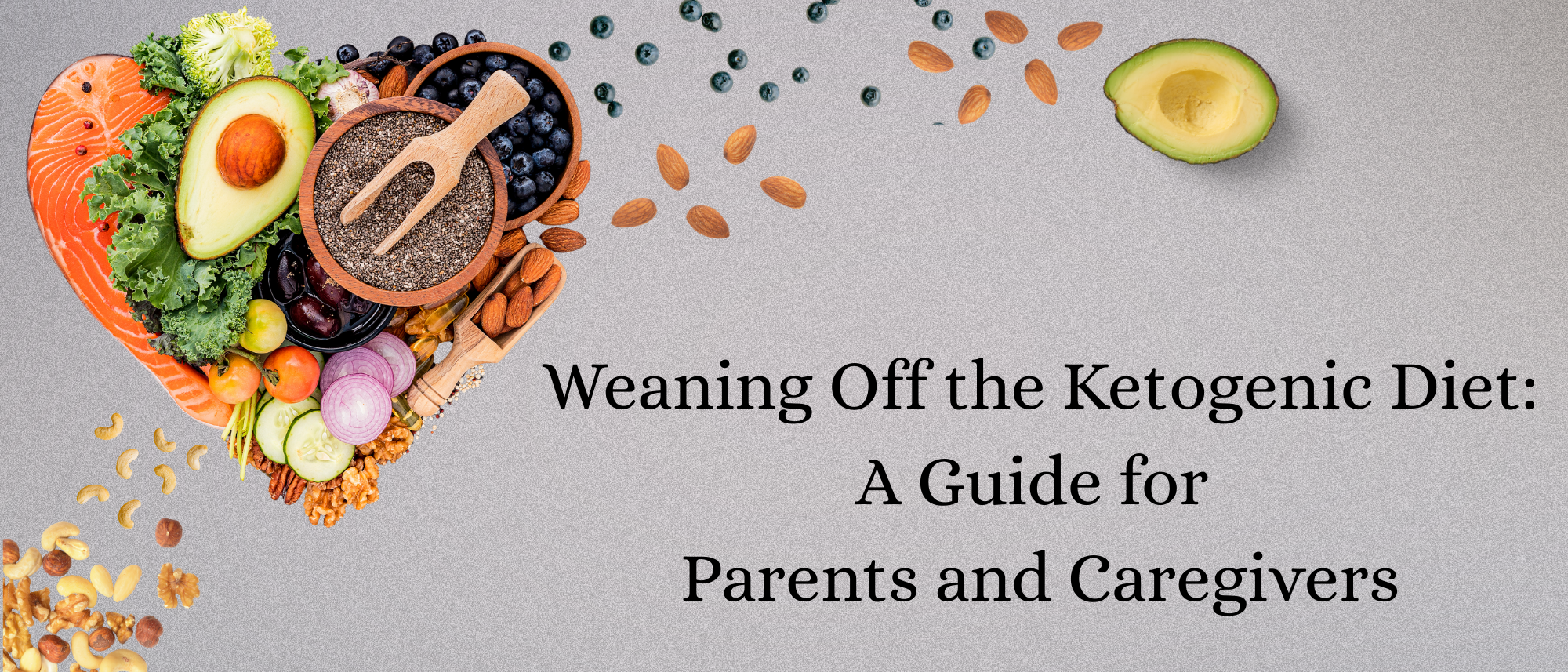Low-Carb French Fry Favorites: Satisfy Your Cravings on Keto
/Author: Taylor Parrish, RDN, LD
Editor: Laura Dority, MS, RD, LD
Craving the crunch and flavor of classic French fries while sticking to your keto lifestyle? Look no further! In this blog, we share 5 keto-friendly French fry recipes that have been taste-tested and approved, ensuring you can enjoy your favorite snack without compromising your low-carb goals.
Let’s get started with jicama, turnips, and celeriac root! The goal was to add enough oil to get to around a 1:1 ketogenic ratio. The celeriac root has the most carbs and least amount of fiber so more oil was needed to achieve this goal. If you need a ketogenic ratio higher than a ~1:1, pair the fries with a high fat condiment, dip, or drizzle with oil after cooking. Adding more oil to the recipe doesn’t always work because the vegetables can only absorb so much oil during the cooking process. Any high cooking temperature oil will work in these recipes such as refined avocado or olive oil.
Jicama Fries
Recipe Credit: Victoria’s Keto Kitchen
Start by cutting your jicama into fry-like sticks and then boil the cut jicama in water for 30 minutes until soft. Some of the sticks may turn darker brown during boiling but it’s important to boil until soft before “frying” or the middle will still be crunchy after cooking. After boiling, weigh out 141 grams jicama, 8 grams oil, and salt to taste. Then cook them at 400 F° in the air fryer for 16-19 minutes (flipping halfway). Be sure to watch closely the last few minutes so they don’t burn. For a salt and vinegar taste, add vinegar to the water when you are boiling the jicama.
Nutritional Information (full recipe):
125 calories, 8 grams fat, 12.5 grams carbohydrate, 7 grams fiber, and 1 gram of protein for a ~1.3:1 ketogenic ratio
Review:
The jicama fries had a very satisfying crunchy texture and a sweeter flavor which is characteristic of jicama…almost like a tropical potato. The vinegar was a nice change in flavor so be sure to try that option.
Turnip Fries
Recipe Credit: Dr. Axe
Turnips are a great fry option because they look, feel, and cook just like potatoes yet have significantly less carbohydrates/starch. For this recipe, start by peeling the turnips and then cut into sticks. Boiling the sticks for about 5 minutes until soft is helpful. Combine 158 grams (2 small turnips), 10 grams oil, garlic powder, and salt in a bowl and toss to coat. For this experiment, I baked half of the mixture in the oven and air-fried the other half. From the original recipe, I lowered the temperature to 400 F° to prevent the fries from browning too quickly and baked for 20 minutes, flipped, and then baked for another 15-20 minutes.
Nutritional Information (full recipe):
133 calories, 10 grams fat, 10 grams carbohydrate, 3 grams fiber, 1.5 grams protein for a for a ~1.2:1 ketogenic ratio
Review: The turnip fries tasted most like a French fry but had a “chemical” aka turnip flavor aftertaste. By boiling the turnips, the aftertaste can be reduced. While these tasted most like a French fry, they were not very crunchy and had a soggier texture. Due to the taste, turnips likely make for a great mashed potato alternative versus a fry.
Celeriac (Celery) Root Fry
Recipe Credit: Taylor Parrish
First, peel the celeriac root and use a mandolin slicer (if available) to create sticks. Then measure out 221 grams of celeriac root, 25 grams of oil, and salt to taste. If baking in the oven, bake at 425 F° for 15 minutes flipping halfway through the cooking time. For the air fryer, cook at 420 F° for 10 minutes, flip, and cook for another 6 minutes or so. The air fryer created a crunchier product compared to the oven.
Nutritional Information (full recipe):
314 calories, 26 grams fat, 20 grams carbohydrate, 4 grams fiber, and 3 grams of protein for a 1:1 ketogenic ratio
Review: The celeriac root fry had a subtle celery taste but ultimately tasted most like a French fry with a great natural flavor that didn’t require a lot of seasoning. Unfortunately, it was not crunchy and didn’t “look” like a fry.
Now let’s move on to almond and coconut flour options! For these, during the cooking process I did spray the fries with olive oil but I didn’t calculate any of the oil into the nutritional information. These will not absorb oil well during the cooking process. You will need to pair these with a high fat dip, condiment, or additional oil after cooking to boost the ratio.
Almond Flour Fry
Recipe Credit: Ketofocus
For this recipe, I halved the original recipe so I started with 50 grams of blanched almond flour, 6 grams of xanthan gum, and 3 Tbsp of water. Combine these ingredients and knead together. Place the mixture between two pieces of parchment paper and roll out until about 1/8” thick and then put in the freezer for 30-45 minutes until firm. If you skip this step, the dough will be sticky. Using a pizza cutter, cut the dough into sticks. I used the air fryer for cooking but the original recipe also has instructions for frying and baking. For the air fryer, lay the sticks flat on the cooking sheet, spray with oil, sprinkle with salt (to taste), and bake at 400 F° for 6 minutes.
Nutritional Information (full recipe):
288 calories, 18 grams fat, 21 grams carbohydrate, 10 grams fiber, and 13 grams of protein for a 0.75:1 ketogenic ratio
Review: These were not as flavorful as the other options but were easy to add onion or garlic powder and rely on sauce for flavor. Ultimately, these had a look and mouthfeel closest to a French fry but mimicked a breadstick in texture.
Coconut Flour Fry
Recipe Credit: Low Carb Love
For the coconut flour option, I used the same recipe and technique as the almond flour recipe but with more xanthan gum and water because coconut flour absorbs water more than almond flour (50 grams coconut flour, 12 grams xanthan gum, and ½ cup water). After combining all ingredients, cook in the air fryer at 400 F° for 5 minutes. These did result in more browning than the almond flour, so less cooking time was needed.
Nutritional Information (full recipe):
255 calories, 5 grams fat, 41 grams carbohydrate, 27 grams fiber, and 11.5 grams of protein for a 0.2:1 ketogenic ratio
Review: The coconut flour is prominent and the mouthfeel is like a crispy breadstick.
Don’t Forget Your Condiments
As important as the fries, be sure to pair your fries with keto-friendly condiments. Here are a few suggestions to help guide you:
Keto Friendly Chick-Fil-A “ish” Sauce
Alfredo Sauce
Homemade Mayo
Sugar-Free Ketchup Mixed with Mayo
Sir Kensington’s Truffle Garlic Aoili (1 gram net carbs per Tbsp)
Primal Kitchen Dipping Sauce: Special Sauce (1 gram net carbs per Tbsp)
Charlie Foundation Condiment Recipes
Special Sauce (Makes ~13 Tbsp)
½ cup avocado oil mayo
1 tsp no sugar added dill pickle juice
2 T sugar-free ketchup
2 T chopped-up dill pickle (no sugar added)
2 tsp Dijon mustard (emulsifier)
1 ½ tsp coconut aminos
½ tsp onion powder
½ tsp garlic powder
½ tsp paprika
Mix all of these together and store in fridge up to two weeks.
Nutrition Information (per Tbsp): 67 calories, 7 grams fat, 1 gram carbohydrate, 0 grams fiber, 0 grams protein for a 7:1 ketogenic diet ratio
General Tips To Elevate Your Keto Fries
If possible, cut all the fries the same size and thickness. This will prevent having some crispy overdone “fries.”
If you like fries, invest in a mandolin slicer. This will make the process easier by creating uniform sizes.
Watch the fries closely towards the end of cooking time. They can burn quickly.
Let the fries rest for a few minutes before eating – this will help with the crunch factor.
Be sure to salt before baking but to prevent burning, add remaining seasonings after baking.
Overall, both the almond and coconut flour options look most like fries but had a breadstick mouthfeel which could pair great with a high fat dip! The vegetable-based fries tasted most like a fry. I would make celeriac root fries and jicama fries again and keep turnips as an alternative for mashed potatoes. None of the fries absorb a lot of fat during the cooking process so don’t rely on oil added during the cooking process to meet fat goals. Be sure to utilize keto friendly condiments, dips, or added fat after cooking to boost the ketogenic ratio and get in adequate fat for your keto plan!
Disclaimer: Cooking times and nutritional information will vary based on ovens/air fryers and specific brands of ingredients chosen in these recipes.


























